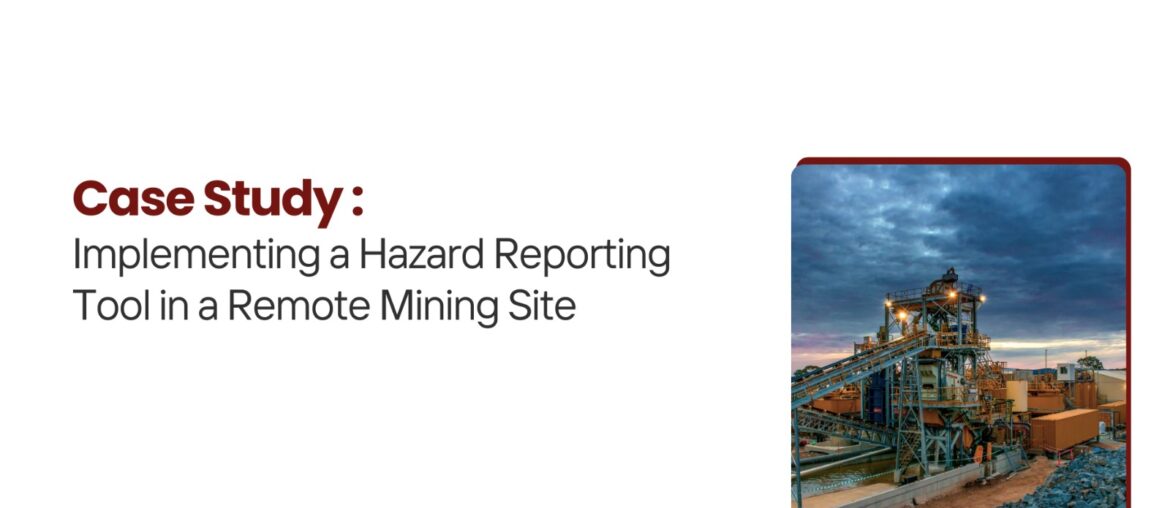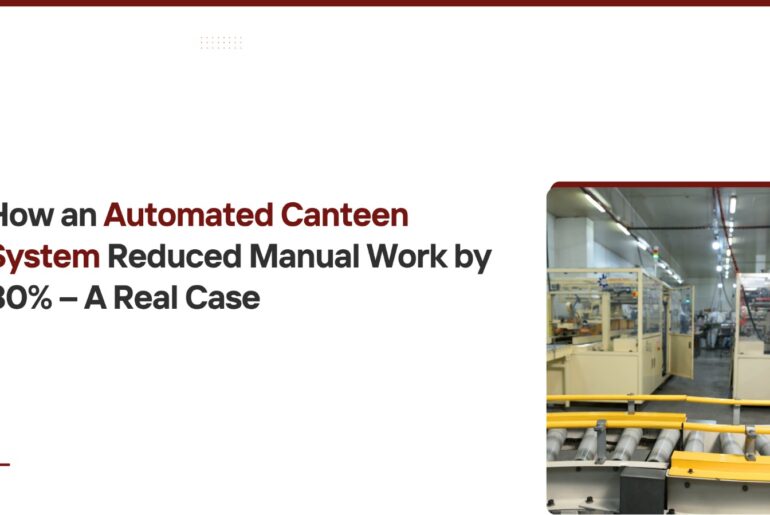Case Study: Implementing a Hazard Reporting Tool in a Remote Mining Site – Remote mining operations are inherently hazardous due to their isolated locations, heavy machinery, and dynamic work environments. Ensuring safety in such high-risk conditions requires a proactive and real-time reporting mechanism. In this case study, we explore how a leading mining company successfully implemented a Hazard Reporting Tool to drastically improve on-site safety and streamline communication.
Implementing a Hazard Reporting Tool
Background
XYZ Mining Corporation operates in a remote mountainous region with limited network access and harsh environmental conditions. Prior to the implementation of the Hazard Reporting Tool, the site faced numerous safety challenges:
- Delayed hazard reporting
- Ineffective communication between workers and safety officers
- Manual documentation
- Inconsistent follow-ups
These issues contributed to frequent near-miss incidents and several minor injuries, ultimately affecting the site’s safety record.
The Need for a Digital Solution
The management recognized the urgent need for a digital, real-time system that could:
- Enable instant reporting from remote areas
- Offer offline capabilities
- Support photo and voice notes for clarity
- Automate notifications and escalation procedures
Implementation of the Hazard Reporting Tool
The mining company partnered with a safety tech provider to roll out the Hazard Reporting Tool. The implementation process included:
Step 1: Initial Assessment
A thorough site audit was conducted to understand reporting workflows, connectivity issues, and worker tech-literacy.
Step 2: Tool Customization
The tool was tailored to suit remote conditions:
- Offline data capture
- Multi-language interface
- Photo and GPS tagging
- Mobile-first design for Android devices used on-site
Step 3: Training & Rollout
Training sessions were conducted for all shift workers and supervisors, focusing on real-life scenarios. Posters, quick guides, and QR codes were distributed to encourage usage.
Step 4: Integration
The tool was integrated with the company’s central safety management system, allowing real-time updates to the main office.
Impact on Safety and Reporting
Six months post-implementation, XYZ Mining saw significant improvements:
- 70% increase in reported hazards
- 50% reduction in response time
- No lost-time injuries (LTIs) recorded
- Boost in worker engagement with safety protocols
Employee Feedback
Workers appreciated the ease of use and anonymity features. A technician shared, “Earlier, it was a hassle to report anything. Now I click a photo, record my voice, and submit it in less than a minute.”
Lessons Learned
- Customization is key: Tailoring the tool for offline usage made a big difference.
- Training drives adoption: Hands-on demos and visual guides helped workers understand the tool better.
- Real-time alerts save time: The escalation matrix ensured faster action.
Conclusion
This case study demonstrates how deploying a robust Hazard Reporting Tool in a challenging environment can enhance safety, improve compliance, and foster a proactive safety culture.



